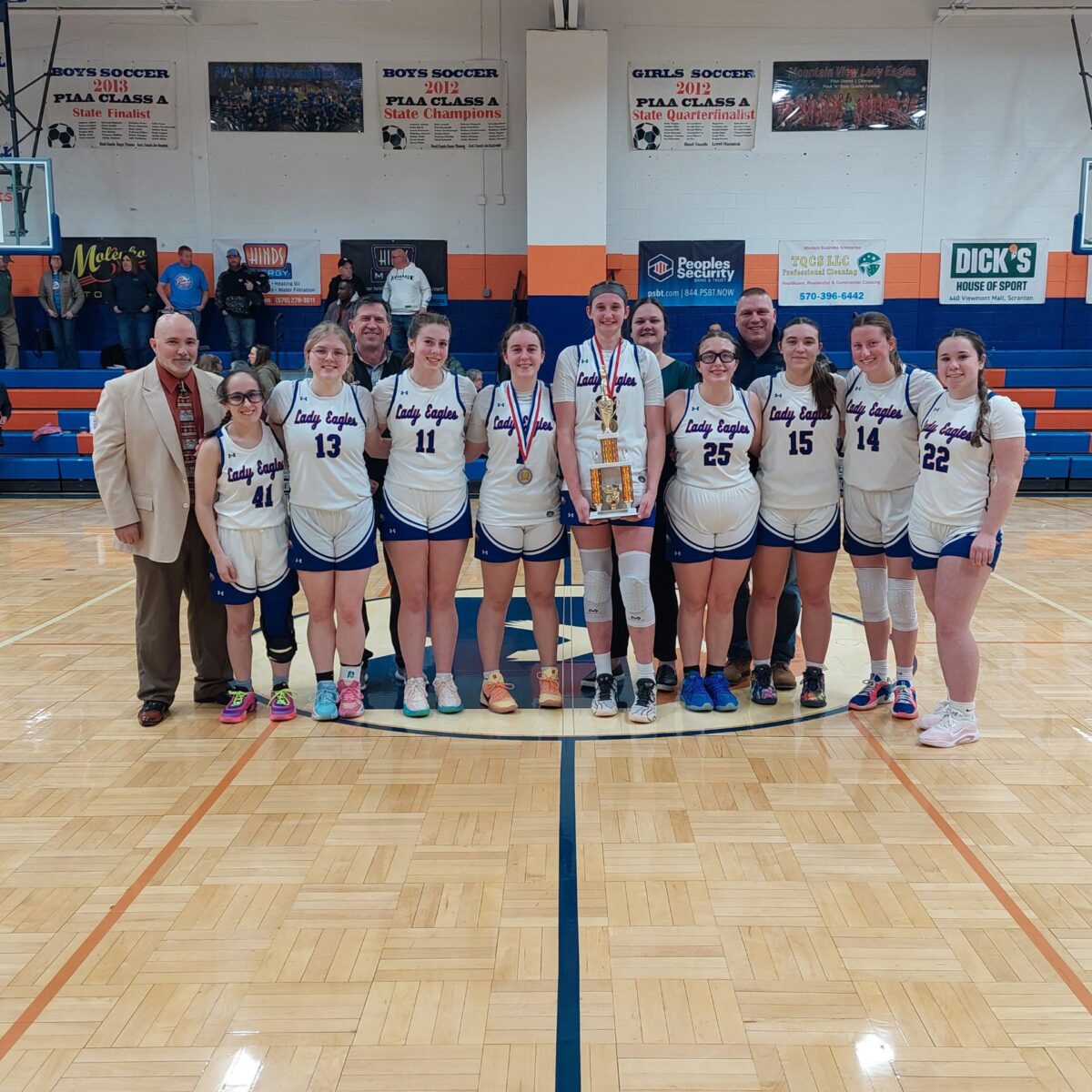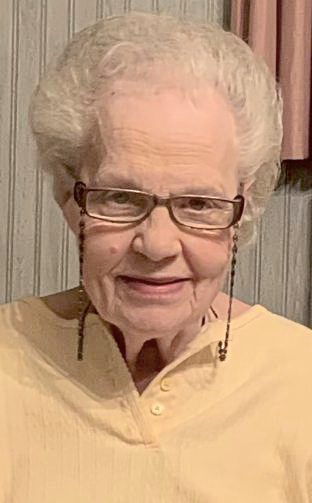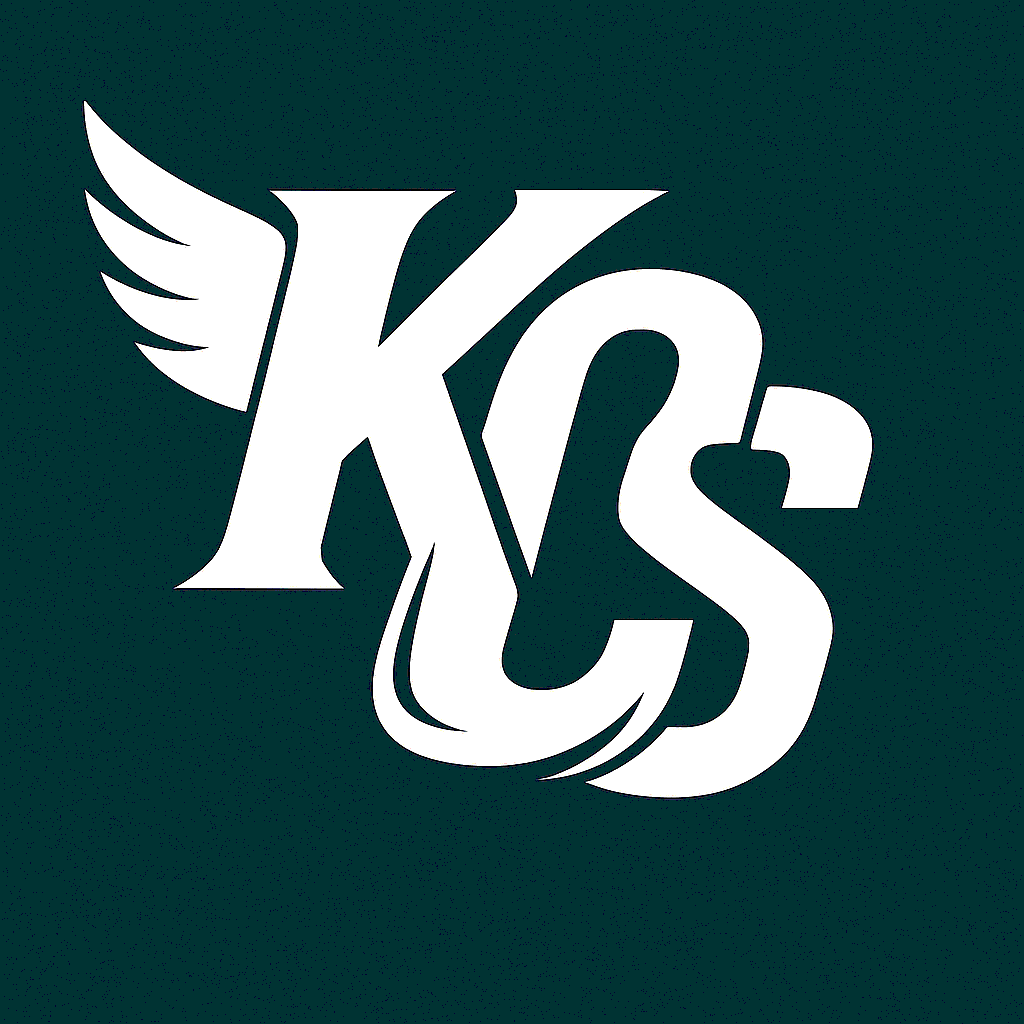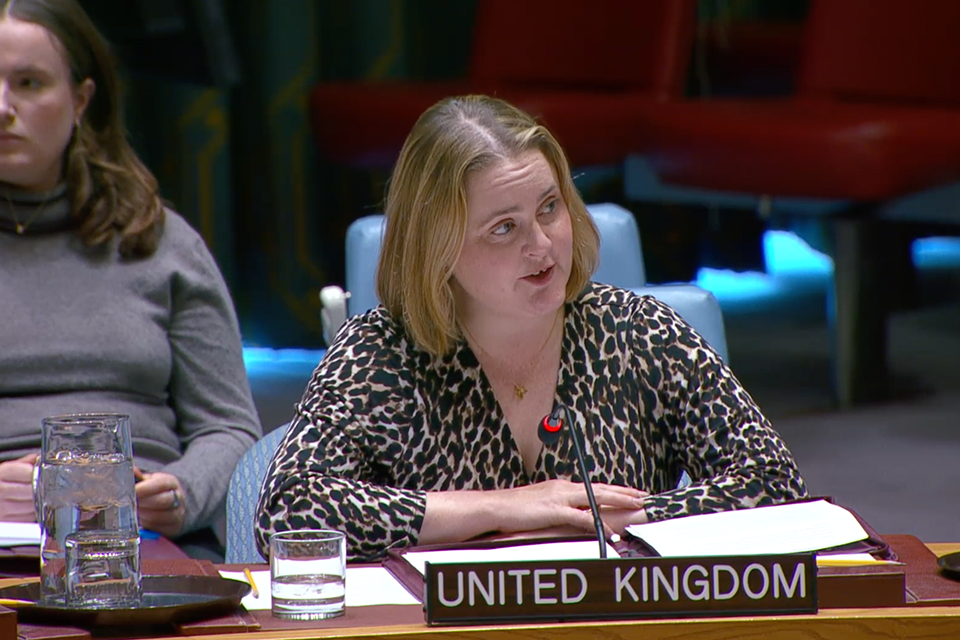 The Mountain View Lady Eagles pose after capturing the championship of the Lambert-Simons Tip-Off Classic held at Mountain View with a 53-44 win over Nanticoke Area. Left to right, front row: Haley Bills, Sophia Davis, Emily Trichilo, Aubrey Sanders, Addison Kilmer, Reagan Bishop-Russo, Dazlyn Sobol, Emma Thatcher, and Gianna Gravine. Second row: Head Coach Corey Gesford, Assistant Coaches – Bob Sedlak, Ashley Kilmer, and Errol Mannick. Photo courtesy Behind the Lenz
The Mountain View Lady Eagles pose after capturing the championship of the Lambert-Simons Tip-Off Classic held at Mountain View with a 53-44 win over Nanticoke Area. Left to right, front row: Haley Bills, Sophia Davis, Emily Trichilo, Aubrey Sanders, Addison Kilmer, Reagan Bishop-Russo, Dazlyn Sobol, Emma Thatcher, and Gianna Gravine. Second row: Head Coach Corey Gesford, Assistant Coaches – Bob Sedlak, Ashley Kilmer, and Errol Mannick. Photo courtesy Behind the Lenz
Posted By: susqcoindy December 10, 2025
12-3-25
By Staff Reports
Racing down the left side of the floor near the end of the third quarter, Addison Kilmer was just
looking to fill a lane and cut into the Nanticoke lead. Unknowingly making school history.
With the layup off a feed from teammate Reagan Bishop-Russo, Kilmer scored her 1,552nd
career point to become Mountain View’s all-time leading scorer and sparked the Lady Eagles
to their second consecutive Lambert-Simons Tip-off Classic title with a 53-44 win over the
Trojanettes.
Addison Kilmer poses with her parents Matt and Ashley Kilmer after scoring her 1,552nd career
point to become Mountain View’s all-time leading basketball scorer. Kilmer surpassed the record
held by Helen Schlasta since 1961. She surpassed the boys’ record holder, Robbie Johnson –
her uncle – the night before when she scored 34 points in a semifinal win at the Lambert-Simons
Tipoff Classic. Kilmer was named tournament MVP. Photo courtesy Behind the Lenz
Kilmer finished with 19 points and combined with Bishop-Russo to score nine of the team’s 17
points in the fourth quarter as Mountain View outscored Nanticoke 17-7 in the final stanza to
erase a one-point deficit and secure the title.
“It’s just a surreal feeling,” said Kilmer, who was not aware that she was near…









